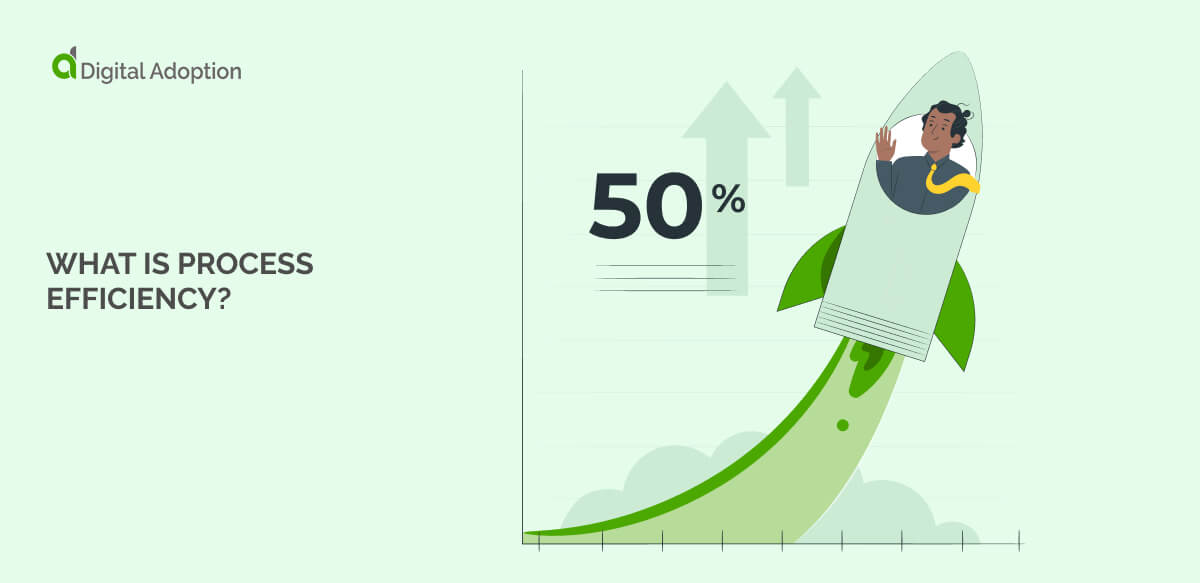What is process efficiency?
Process efficiency is the ratio between the results produced and the resources required to achieve them. It evaluates how effectively a process uses inputs to reach the intended goals, highlighting the relationship between what is accomplished and the assets needed. Business process transformation is often required to optimise how work gets done and optimise resource use.
To measure process efficiency, current performance is compared to an ideal or optimal standard. The criteria which make up this standard are cycle time, throughput, and process cycle efficiency.
Cycle time refers to the overall time taken to finish a process, with shorter durations generally reflecting better efficiency. Throughput measures how quickly a process generates results or finishes transactions. Process cycle efficiency is the ratio of value-added time to total lead time.
A 100% efficiency means the process consists solely of value-added activities. If performance falls short of the standard, it can be improved by removing unnecessary steps, automating tasks or improving workflows.

